Disclosure: This article contains affiliate links. We may earn a commission from purchases at no extra cost to you, which helps our travel content.
There's something about the transition from Parisian elegance to Amsterdam's canal-laced charm that speaks to my investigative nature. As someone who's spent years uncovering hidden details, I find that same methodical approach serves me exceptionally well behind the lens. This spring, I carved out a week to trace a photographic journey from the manicured gardens of Paris to the tulip-dotted landscapes of the Netherlands. What I discovered was a visual narrative that unfolds like the perfect case file – each location offering distinct evidence of Europe's unparalleled aesthetic appeal. Whether you're traveling solo with professional gear or simply armed with a smartphone, this carefully mapped route promises to deliver portfolio-worthy captures while maintaining the security and comfort that my background has taught me to prioritize.
Paris: Strategic Positioning for Iconic Captures
My approach to photographing Paris draws directly from surveillance techniques – it's all about positioning and timing. While the Eiffel Tower's allure is undeniable, I've found that the standard shots from Trocadéro become transformed in the blue hour just before sunrise. With fewer crowds and that ethereal pre-dawn light, you'll capture a Paris that most tourists miss entirely.
For street photography, I spend hours in the Marais district, where the interplay of historic architecture and contemporary Parisian life creates perfect compositional tension. The narrow streets around Rue des Rosiers offer natural framing opportunities, while the Place des Vosges provides geometric symmetry that translates beautifully to the frame.
One location that rarely makes typical itineraries is the Coulée verte René-Dumont (the original High Line). This elevated park provides unique vantage points of Parisian rooftops and architectural details impossible to see from street level. I arrived just after a spring shower, when the foliage glistened and reflected the warm afternoon light – a reminder that sometimes the most compelling images emerge when conditions seem less than ideal.
When it comes to equipment, I never travel without my Peak Design Everyday Backpack. Its customizable dividers and side access panels allow me to retrieve my camera without removing the bag – essential for maintaining awareness in crowded tourist areas while never missing a shot.
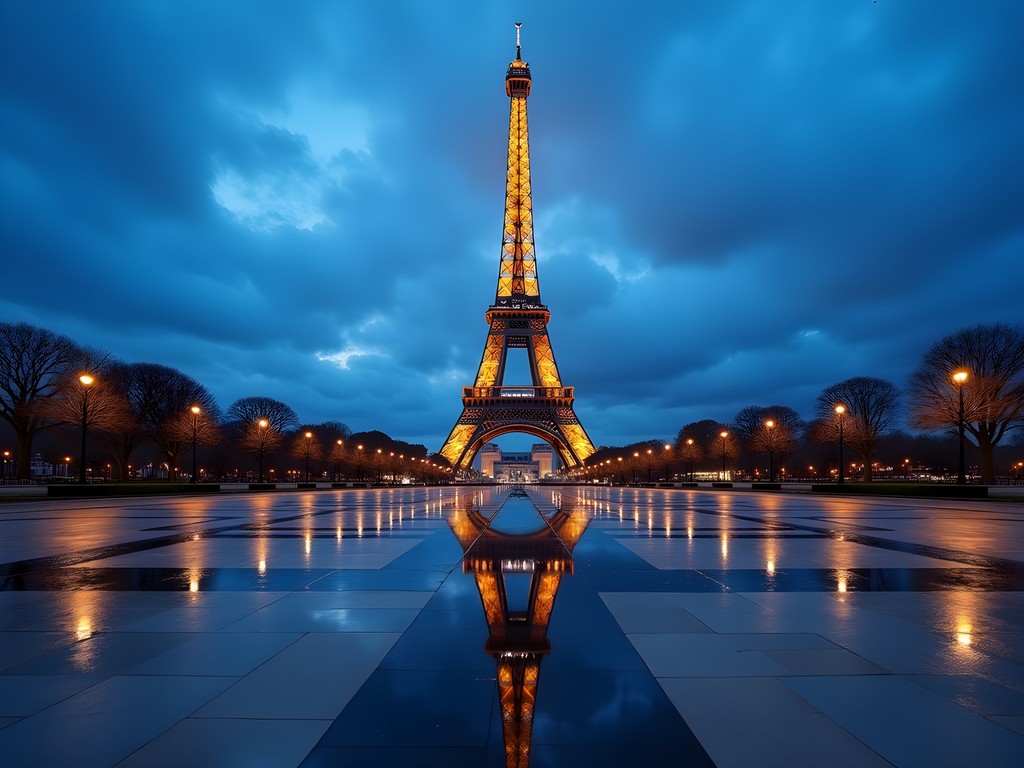
💡 Pro Tips
- Visit Montmartre at first light to capture the city awakening while avoiding the crowds that gather later
- Use the geometric patterns of the Louvre pyramid as foreground elements when shooting at sunset
- For authentic street photography, the 11th arrondissement offers less touristic scenes with genuine Parisian character
Securing Your Gear: The Private Investigator's Approach
My background as a PI has made me particularly attuned to security concerns while traveling with expensive photography equipment. Between Paris and Amsterdam, you'll be navigating busy train stations, crowded tourist spots, and potentially vulnerable moments when changing lenses or reviewing shots.
First, I maintain a deliberate low profile despite carrying professional gear. My camera strap looks deceptively simple but features quick-release functionality and reinforced connections that prevent snatch-and-grab attempts. I've learned to avoid camera bags that scream 'expensive equipment inside' – the tactical appearance of many photography bags might as well be a target.
When shooting in busier areas like Paris' Montmartre or Amsterdam's Dam Square, I employ what we call 'situational triangulation' in investigative work – maintaining awareness of exit routes, identifying potential risk factors, and establishing safe zones where I can change lenses or review images. I typically position myself with my back to a wall or in a corner of a café where I can observe while adjusting settings.
For overnight security in mid-range accommodations, I use a portable travel safe that secures to fixed objects in hotel rooms. It's large enough for a camera body, couple of lenses, and memory cards, providing peace of mind when exploring evening locations without full gear.
Perhaps most importantly, I maintain a meticulous backup workflow. Each evening, I transfer images to both an external drive and a cloud service using hotel Wi-Fi. Memory cards are never formatted until backups are confirmed – a habit that has saved client evidence and priceless travel images alike.

💡 Pro Tips
- Use generic bags with padded camera inserts rather than obvious camera bags when in crowded areas
- Never set your bag down behind you in cafés or restaurants – keep it on your lap or between your feet
- Create a 'quick release' setup for your camera that allows you to secure it rapidly if a situation feels uncomfortable
The Transitional Landscapes: Capturing the Journey Between
The beauty of a Paris-to-Amsterdam route lies in the transitional landscapes between these iconic cities. Rather than flying directly, I opted for the train journey with strategic stops that offered distinct photographic opportunities.
My first intermediate destination was Antwerp, Belgium. The central train station alone is worth several hours of photography – its magnificent glass dome and architectural details provide endless compositions. I spent a morning shooting with my wide-angle lens, which proved essential for capturing the soaring interior spaces while maintaining architectural accuracy.
Moving northward, the Dutch countryside in spring presents a photographer's dream scenario. I arranged a half-day stop in the bulb region between Leiden and Haarlem, timing my visit with the tulip bloom cycle. Here, I switched to a medium telephoto lens to compress the vibrant bands of color that stretch toward the horizon. The technique creates an almost abstract quality in the final images that contrasts beautifully with the architectural precision captured in urban environments.
What many photographers overlook on this route are the opportunities presented by the high-speed train journey itself. I secured a window seat on the left side (heading north), which offers superior landscape views. With my camera set to a fast shutter speed (minimum 1/500s) and continuous shooting mode, I captured the rhythmic patterns of passing windmills, canals, and farmland. These images provide visual context that connects the urban bookends of the journey.
For these transitional landscapes, I found early morning or late afternoon light most compelling, when long shadows accentuate texture and the softer illumination brings out the subtle color gradations in agricultural fields and waterways.

💡 Pro Tips
- Research bloom forecasts for tulip fields if traveling in spring - peak periods can vary by up to two weeks each year
- Use polarizing filters when photographing canal reflections to control glare and enhance color saturation
- Consider renting a bicycle in smaller Dutch towns for mobility between photographic locations without the constraints of public transportation schedules
Amsterdam: Mastering Light and Reflections
Amsterdam presents a fascinating challenge for photographers: how to capture fresh perspectives of one of Europe's most photographed cities. My investigative approach led me to focus on three elements that define Amsterdam's visual character: water, light, and architectural geometry.
The canal system offers endless opportunities for reflection photography, particularly during blue hour when the city's lights begin to illuminate historic facades. I positioned myself at the junction of Herengracht and Brouwersgracht canals approximately 30 minutes after sunset, when artificial lighting balanced perfectly with the remaining ambient light. A sturdy travel tripod is essential here – the lightweight carbon fiber construction made it practical to carry throughout the day while providing the stability needed for longer exposures.
For architectural photography, I found the contrast between Amsterdam's historic canal houses and modern structures like the Eye Film Museum particularly compelling. The morning light on the museum's angular white facade creates dramatic shadows that change by the minute – I spent two hours simply observing and documenting this light progression from various vantage points across the IJ waterway.
One lesser-known location I discovered through local connections is the public library (Openbare Bibliotheek Amsterdam). Its upper floors provide unique elevated views of the city without the crowds or cost of more famous viewpoints. The geometric patterns of Amsterdam's layout become particularly apparent from this vantage point.
For street photography, I focused on the transitional neighborhoods like Jordaan and De Pijp rather than the overly touristic center. Here, the authentic rhythm of Amsterdam life unfolds in neighborhood markets and quiet side streets. I switched to a 35mm prime lens for these walks, embracing the discipline of a fixed focal length to sharpen my compositional instincts.
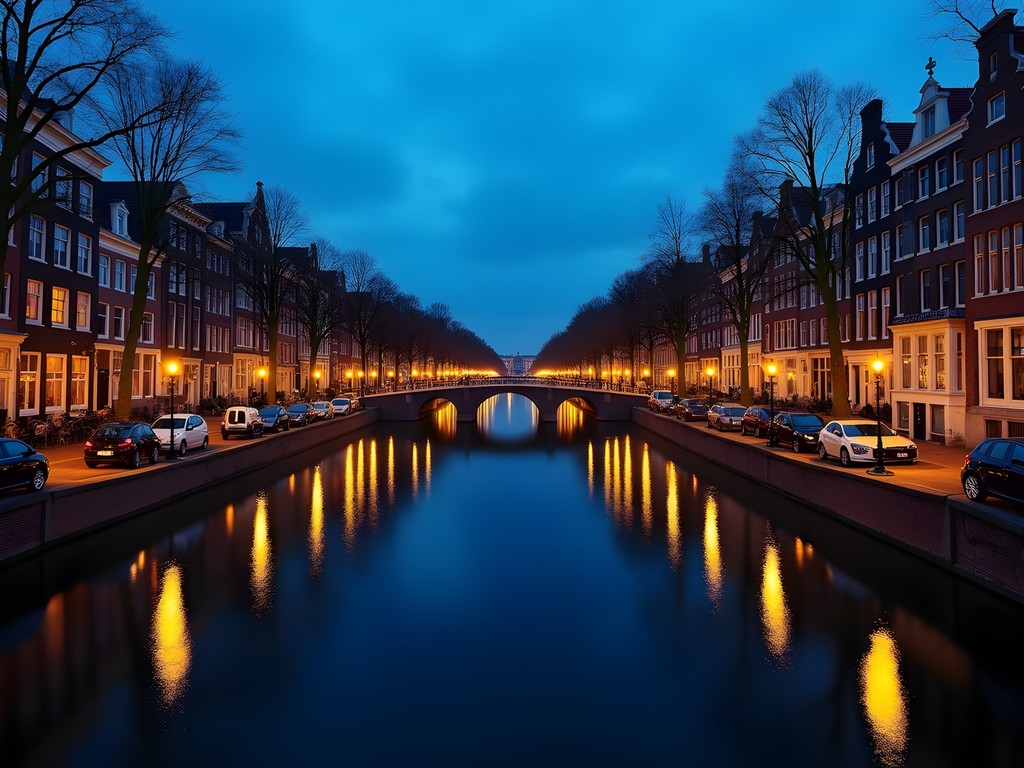
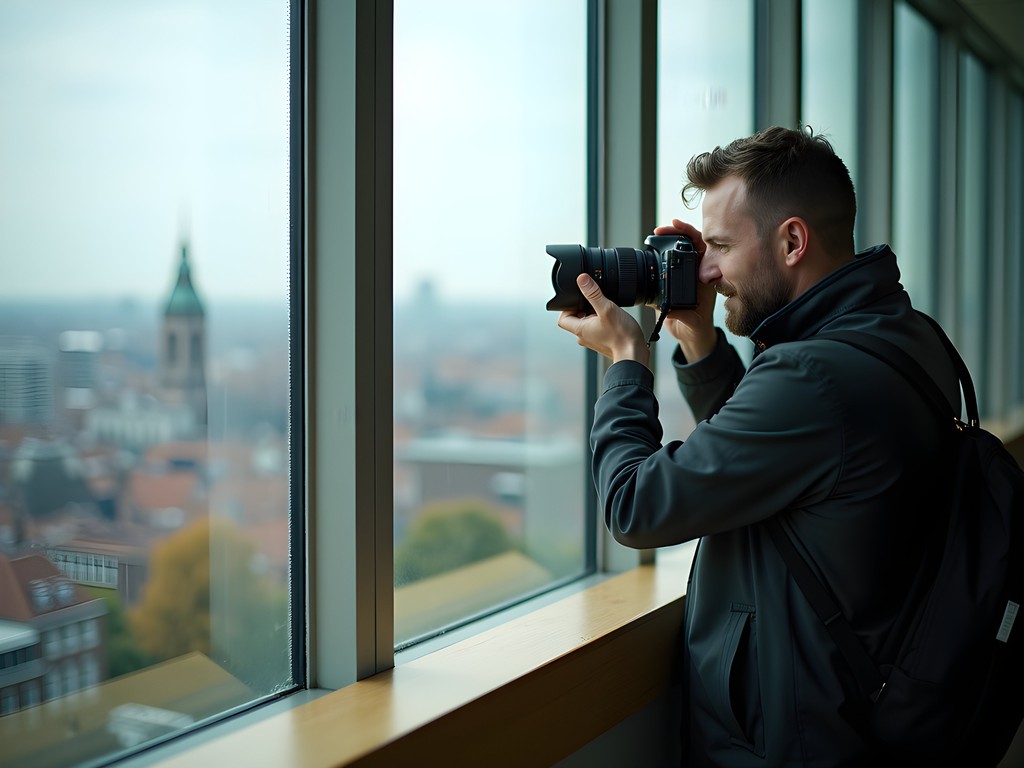
💡 Pro Tips
- Schedule canal photography for the 'second sunset' – approximately 30-45 minutes after the sun dips below the horizon when buildings, sky, and water achieve perfect luminous balance
- Use the reflective surfaces of Amsterdam's many houseboats as unconventional framing devices for traditional canal architecture
- Visit the NDSM Wharf area for industrial textures and street art that provide visual counterpoint to historic Amsterdam imagery
Post-Processing on the Road: Maintaining Your Digital Workflow
As someone who values efficiency and security, I've developed a streamlined workflow for managing and processing images while traveling between destinations like Paris and Amsterdam.
My evening ritual begins with transferring the day's images to my portable SSD. The speed of this particular drive means backups complete in minutes rather than hours, leaving more time for actual editing. I maintain two separate backups – one on the physical drive and another uploaded to a secure cloud service.
For processing on the road, I've found that a powerful tablet with sufficient RAM handles most editing tasks without requiring a full laptop. The key is establishing a consistent rating and culling system. I use a three-pass approach: first marking potential keepers with a single star, then upgrading truly strong images to three stars, and finally selecting portfolio-quality shots with five stars. This hierarchical system makes it easy to quickly find my best work when time is limited.
One technique that has significantly improved my travel photography is location-specific preset development. For Paris, I created a custom preset that enhances the cream and pale blue tones prevalent in the city's architecture while maintaining natural skin tones. For Amsterdam, my preset subtly emphasizes the contrast between brick reds and canal greens that define the city's color palette. These presets serve as starting points that can be refined for individual images but maintain a consistent look across location-based collections.
I also maintain meticulous metadata practices – immediately tagging images with precise location data and descriptive keywords. This investigative thoroughness pays dividends later when searching for specific images or compiling themed collections. When working with potentially thousands of images from a single trip, this organizational discipline becomes essential rather than optional.

💡 Pro Tips
- Establish a consistent file naming convention that includes date, location, and subject for easier organization and searching
- Always verify cloud uploads before formatting memory cards – hotel Wi-Fi can be unreliable, sometimes showing completed uploads that actually failed
- Create location-specific color profiles that enhance the distinctive palette of each destination while maintaining a cohesive look across your travel portfolio
Final Thoughts
This photographic journey from Paris to Amsterdam represents more than just a collection of images – it's a visual investigation into the cultural and architectural transitions that define this corner of Europe. By approaching travel photography with the same methodical attention to detail that serves me in investigative work, I've found that the resulting images reveal layers of narrative that might otherwise remain hidden. The spring timing of this expedition proved ideal, offering extended golden hours, dramatic cloud formations, and the natural vibrancy that defines both urban and rural landscapes during this season. Whether you're documenting iconic landmarks or seeking the subtle human moments that unfold in quiet side streets, this route offers endless compositional possibilities. I encourage you to approach your own photographic journey with both technical precision and investigative curiosity – the most compelling images often emerge when you look just beyond the obvious frame.
✨ Key Takeaways
- Timing is crucial – schedule shooting sessions around optimal lighting conditions rather than tourist convenience
- Security consciousness enhances rather than hinders creative freedom by eliminating worry about equipment
- The transitional landscapes between major destinations often yield more unique images than iconic landmarks
- Developing location-specific editing approaches maintains both consistency and authenticity in travel portfolios
📋 Practical Information
Best Time to Visit
Mid-April to early May for optimal spring conditions and tulip blooms
Budget Estimate
$2,000-$3,000 for 7 days (mid-range accommodations, train travel, and meals)
Recommended Duration
7-10 days (minimum 3 days Paris, 3 days Amsterdam, 1-4 days for transitions)
Difficulty Level
Intermediate



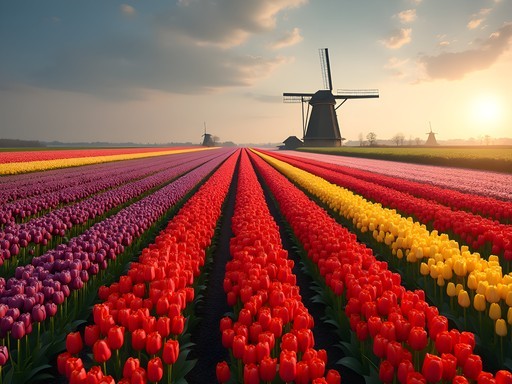










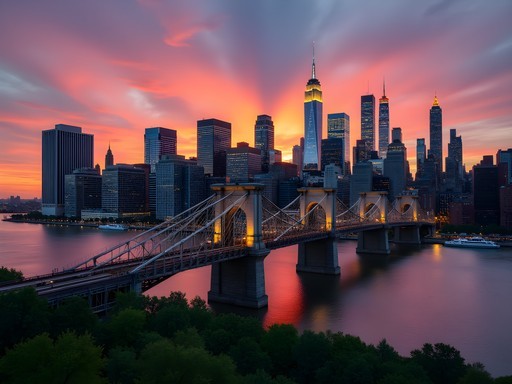
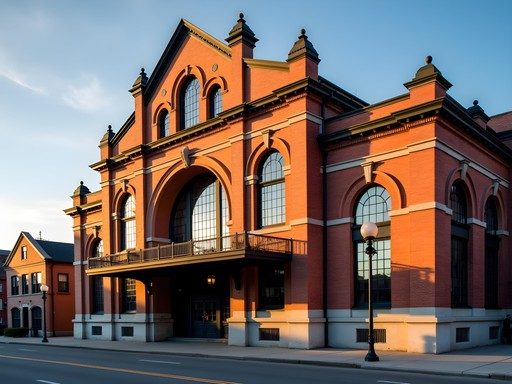
Comments
coffeelife
Just got back from this exact trip and your guide was SO HELPFUL! That tip about shooting the Eiffel Tower from Trocadéro at dawn saved me from fighting the crowds. Thank you!!!
Megan Martin
Douglas, your investigative background really shines through in how methodically you approach photography locations! I've done this route several times for work and completely agree about securing gear. I use the camera bag which has saved me from pickpockets twice with its clever hidden zippers. One spot you didn't mention that's fantastic for photography is Parc de la Villette in Paris - the geometric architecture there creates fascinating shadows throughout the day. And in Amsterdam, the NDSM Wharf area gives you that gritty, artistic edge that contrasts beautifully with the historic center.
coffeelife
NDSM Wharf is amazing! Got some of my best street art photos there last month.
happyrider
I did this exact route last summer! Your security tips are spot-on. I had my camera bag almost swiped near Gare du Nord in Paris. One addition - the morning light on the canals in Amsterdam is absolutely magical if you can drag yourself out of bed early enough. Way fewer tourists too!
adventuregal
Great post! How did you travel between Paris and Amsterdam? Train or did you stop at places in between?
Douglas Murray
Thanks! I took the Thalys train - just over 3 hours direct. But I also did a second trip where I stopped in Brussels and Antwerp for a day each. Both approaches have their merits depending on your timeframe!
adventuregal
Perfect! I think I'll try the stops in between. More photo ops that way!
beachzone
WOW! Those canal reflection shots from Amsterdam are absolutely stunning! Definitely saving this for my trip next year!
vacationperson
Stunning pics! Saving this for my trip in October.
sunnybackpacker
Love your investigative approach to photography! Going to try your blue hour canal technique when I'm in Amsterdam next month. Did you have any issues with tripods on the bridges?
Douglas Murray
Thanks! No issues with a compact tripod, but I avoided setting up during busy hours. The less crowded bridges in Jordaan were perfect for long exposures without getting in anyone's way.
Megan Martin
Excellent guide, Douglas. As someone who frequently travels this route for business but always makes time for photography, I'd add that the Thalys trains have excellent large windows but request a seat facing forward on the left side heading north for the best rural landscape views. For anyone following this route, I'd recommend building in an extra day to explore Rotterdam - the modern architecture creates a fascinating photographic contrast between the historical elements of Paris and Amsterdam. The Markthal and Cube Houses in particular offer unique compositions you won't find elsewhere.
Douglas Murray
Great tip about Rotterdam, Megan! I actually shot there but had to cut that section for length. The Erasmusbrug at sunset is also spectacular.
greenwanderer
Those transition landscapes between the cities are so underrated! I took the train last summer and was kicking myself for keeping my camera packed away. Definitely won't make that mistake again!
vacationperson
Same! The Belgian countryside is gorgeous.
Gregory Boyd
Your security section resonated with me, Douglas. I've done this route three times and learned the hard way about gear security on my first trip. Had my backup drive stolen at a café near Gare du Nord. Now I use a anti-theft backpack and keep memory cards separated from my main gear. Did you find any notable differences in how you approached street photography between Paris and Amsterdam? I've always found Parisians more camera-shy compared to the Dutch.
Venture X
Premium card with 2X miles, $300 travel credit, Priority Pass